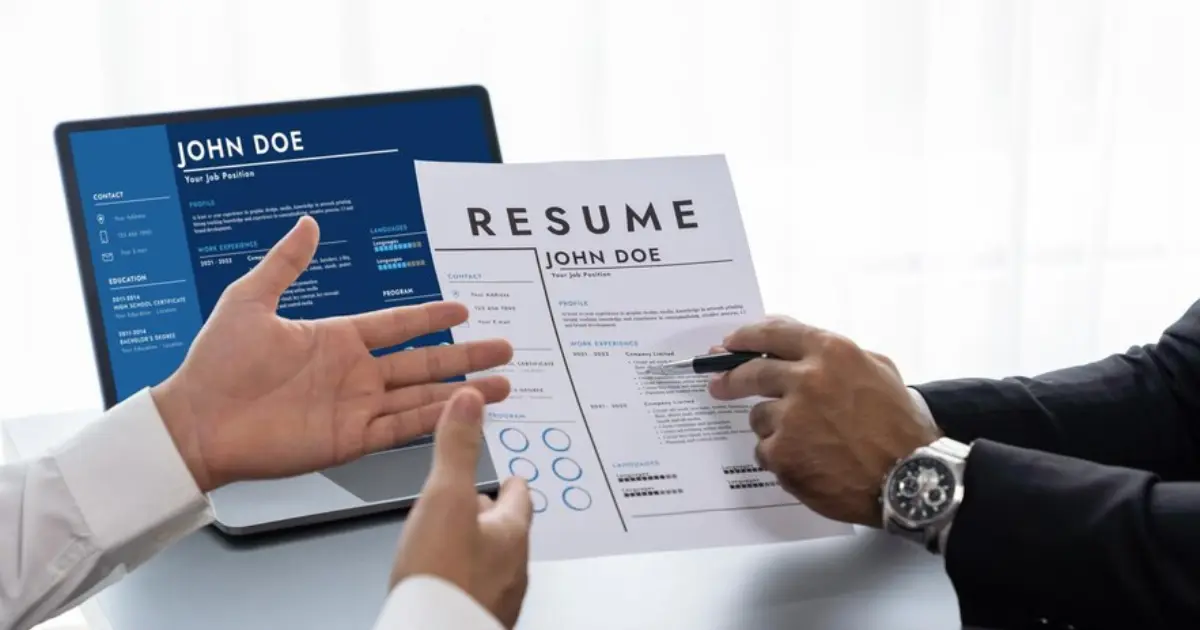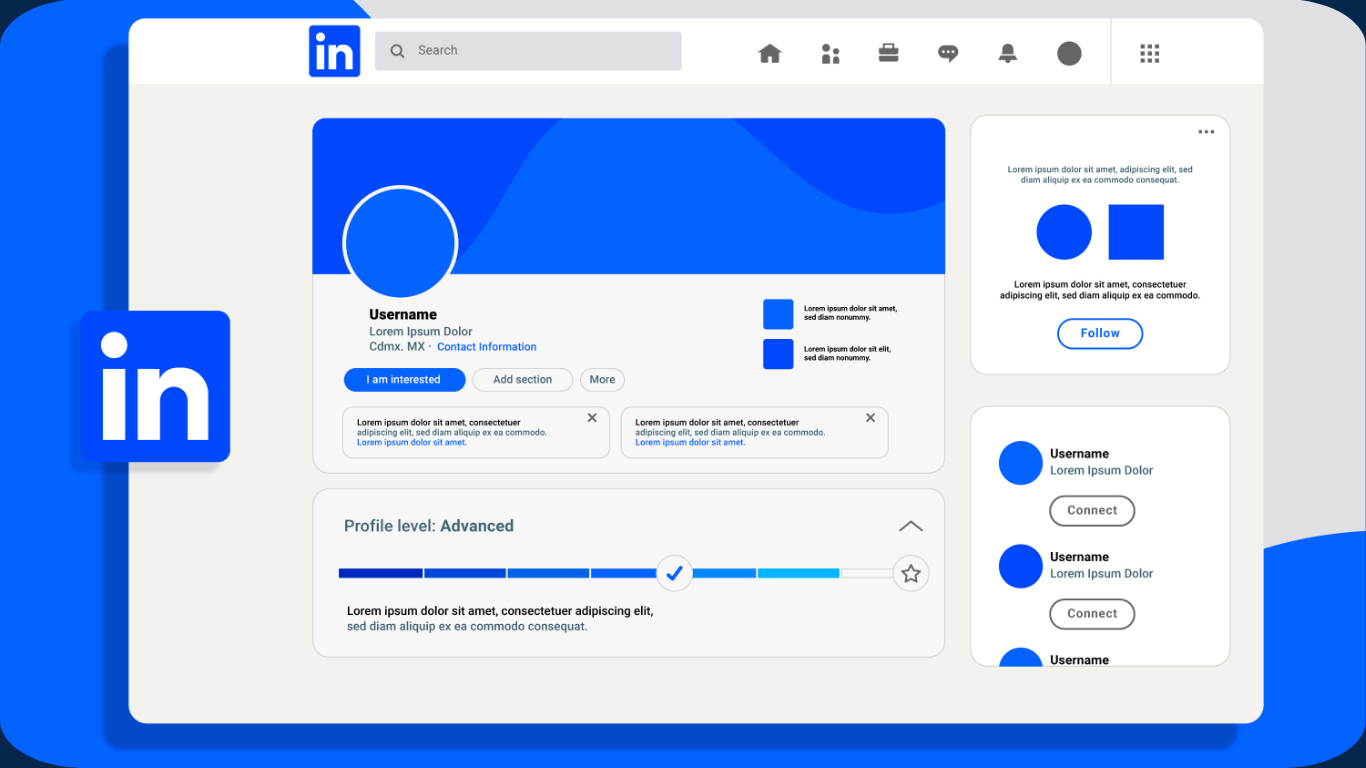Landing your first job is an exciting milestone, but to get there, you need a standout resume. Whether you’re a student, a fresh graduate, or just entering the workforce, writing a resume can seem overwhelming especially without prior job experience. But don’t worry! In this guide, we’ll show you how to create resume content that captures employers’ attention, even if you’re new to the job market.
Before diving into how to make a resume for a job, let’s first understand the basics. It’s important to also focus on interview preparation when building a resume. Check out our guide on Preparing for a Job Interview to learn how a strong resume plays a critical role in interview success.
1. Understanding the Basics of a Resume
Before diving into how to make a resume for a job, let’s first understand the basics. A resume is a document that presents your qualifications, education, skills, and experience in a concise format. It’s typically the first thing potential employers look at when considering candidates.
For beginners, here are some essential sections:
- Contact Information: Include your full name, phone number, email address, and LinkedIn profile, if applicable.
- Objective Statement: A short, targeted statement outlining your career goals and how you can benefit the company.
- Education: Focus on your highest level of education. For fresh graduates, emphasize coursework or projects relevant to the job.
- Skills: Highlight transferable skills such as communication, problem-solving, and teamwork.
- Experience: Include internships, volunteer work, and part-time jobs that showcase your abilities.
- References Section: Learn how to put references on a resume to show you’re prepared for the job.
By following this structure, you’ll master how to create resume content that can impress hiring managers.
2. How to Write a Resume Step-by-Step
Choose the Right Format
When thinking about how to make a resume for first job, picking the right format is critical. The most common resume formats are:
- Chronological Resume: Lists work experience in reverse chronological order.
- Functional Resume: Focuses on skills, making it ideal for first-time job seekers.
- Combination Resume: A blend of both formats, highlighting both skills and experience.
For those with limited job experience, the functional format is often the best option because it emphasizes your skills over work history. If you’re not sure where to start, consider reviewing 1st resume examples for inspiration.
When thinking about how to make a resume for a first job, it’s essential to consider how your online presence complements your resume. Learn how to showcase your skills effectively with How to Use LinkedIn Portfolio Services for added visibility in the job market.
Start with an Objective Statement
Since you’re learning how to make a resume for freshers, your objective statement should be clear and concise. Highlight your enthusiasm for the job and your potential contributions.
For example: “Recent graduate with strong communication skills seeking an entry-level position where I can contribute to team success.”
Education Section
If you’re writing how to make a resume for first job, your education is often one of your strongest assets. Include your degree, the school’s name, and graduation date. If you have relevant coursework, academic projects, or awards, mention them here.
Skills Section
In your first resume, it’s essential to focus on your skills. When you’re figuring out how to make a resume, think about what skills are most relevant to the job you’re applying for. Common skills include:
- Communication
- Time management
- Leadership
- Technical skills (e.g., Microsoft Office, Google Suite)
By focusing on skills, you can create a strong document even without prior job experience. This is a critical step in learning how to write a good CV with no work experience.
3. How to Write a Cover Letter
Along with your resume, a well-written cover letter is key to getting noticed. Wondering how to write a coverletter? It’s your chance to make a personal connection with the employer. Use your cover letter to:
- Introduce yourself.
- Explain why you’re applying for the job.
- Highlight how your skills align with the job description.
Be sure to customize your cover letter for each position you apply to. This will set you apart from other candidates.
4. How Can I Write CV Letter?
If you’re unsure how can I write CV letter, don’t panic! Writing a CV letter (cover letter) is easier than it seems. Focus on tailoring the content to the job you’re applying for. Include why you’re interested in the position and how your skills align with the company’s goals. If you’re still uncertain, check online for good CV examples for first job applicants to guide your writing process.
5. How to Create a Curriculum Vitae (CV)
If you’re applying for a job in academia or other fields that require more detailed information, you may need to learn how to create a curriculum vitae. A CV is a longer document than a resume and includes sections like:
- Publications
- Research
- Teaching experience
When you’re looking up how to make a curriculum vitae, be sure to include a detailed list of your academic accomplishments. There are many good CV examples for first job seekers to help you tailor the content to specific industries.
6. How to Put References on a Resume
In entry-level roles, hiring managers often ask for references to get an idea of your work ethic and character. Knowing how to put references on a resume is essential. Include at least two to three references, such as professors, volunteer supervisors, or past employers. Format them like this:
- John Doe – Professor at ABC University – [email address] – [Phone number]
Understanding how to write references in resume is key to ensuring your first job application is complete and professional.
7. How to Write a Good CV with No Work Experience
Crafting a resume with no work experience can seem daunting. However, there are ways to make your resume stand out even without previous jobs. Here’s how to make cv for job when you have no work experience:
- Highlight academic achievements or leadership roles in student organizations.
- Focus on transferable skills like problem-solving, teamwork, and communication.
- Include any volunteer work, part-time jobs, or internships that demonstrate your abilities.
By emphasizing these areas, you’ll learn how to write a good CV with no work experience that is still compelling to potential employers.
8. How to Make a Resume for First Job: Tailoring for Success
When applying for your first job, it’s essential to tailor your resume to the specific position. Here’s how to make a resume for freshers stand out:
- Customize each application: Adjust your objective, skills, and experiences to align with the job description.
- Focus on relevant skills: Even if you don’t have work experience, highlight the skills that make you a strong candidate.
- Use action verbs: Start each bullet point in your resume with an action verb, like “Organized,” “Led,” or “Developed.”
If you need inspiration, look up 1st resume examples for beginners to get a better understanding of how to format and structure your document.
Final Thoughts
Writing a winning resume for your first job may seem challenging, but with the right approach, you can create a resume that shines. By learning how to make a resume, focusing on your skills, and tailoring your document for each application, you’ll improve your chances of getting noticed. Don’t forget to also learn how to write a coverletter and how to write cv letter, as these documents work together to strengthen your application.
For those just starting out, looking at good CV examples for first job applications can provide inspiration. Remember, practice makes perfect! With time and effort, you’ll soon be mastering how to create a CV that opens doors to exciting opportunities.



